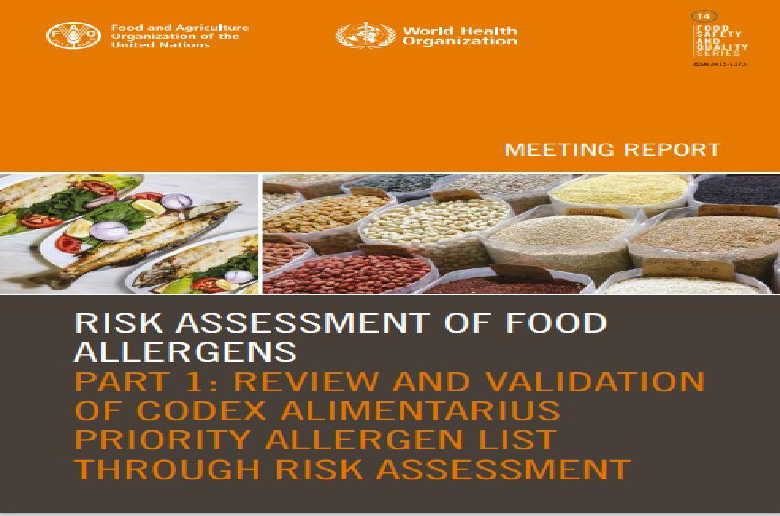Allergens : WHO cites hydrolysate risk but does not specifically address peptones
How to categorize peptones in the allergen debate ?
There is some debate as to whether peptones used as fermentation substrates qualify as a pertinent allergen if the peptone itself is not consumed as a food, but merely contributes, as a processing aid, to the growth of a microorganism. In the case of probiotics that are assimilated as food products, the question remains. The WHO, in their 2022 Meeting Report “Risk Assessment of Food Allergens Part I” reviews the Codex Alimentarius risk assessment.
While not addressing peptones specifically, nor their role as a fermentation substrate, the report states that hydrolysis in general can reduce the probability of allergic reaction provided the process and its outcome are understood.
Hydrolysates are unlikely to stimulate allergenicity if the fragments produced are too small to cross-link IgE and do not aggregate. In addition, heat treatments above 90°C (most peptones are thermal treated at 90 – 100°C) could decrease allergenicity for some allergens. But it is unlikely that heat alone would suffice.
There is also data from development of vaccines indicating that the immune system is unable to mount a strong humoral response towards peptides of less than roughly 13 amino acids in length (Purcell et al., 2003).
So where does this leave peptones used in fermentation ? This is unanswered but it appears unlikely that peptones, in their role as a N source in fermentation media would be a major risk. But in the absence of definitive data, the use of non-allergen peptones (Broadbean, Potato, Pea…) remains an efficient solution.
The report also brings to light the difference between priority allergens and “B listed” allergens. Surprisingly, the WHO Experts Committee recommends that soybean be removed from the global list of priority allergenic foods for labelling purposes based upon the generally low prevalence of soybean allergy, the lower potency of soybean proteins to trigger allergic reactions as opposed to other protein fractions in other priority allergens, and the low proportion of anaphylaxis related to soybean allergy in all regions. Regional considerations for soy allergen is instead recommended.
